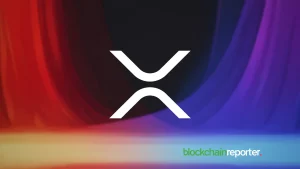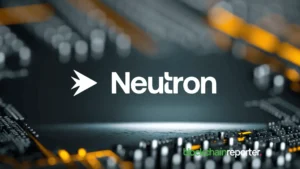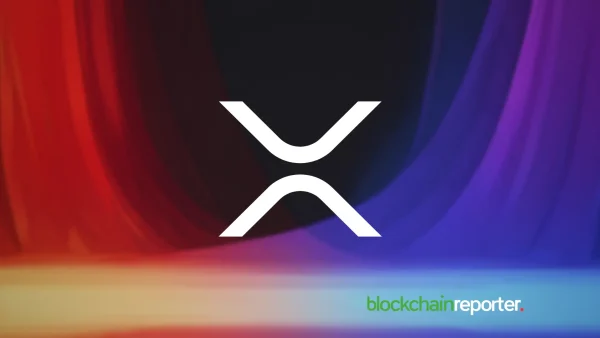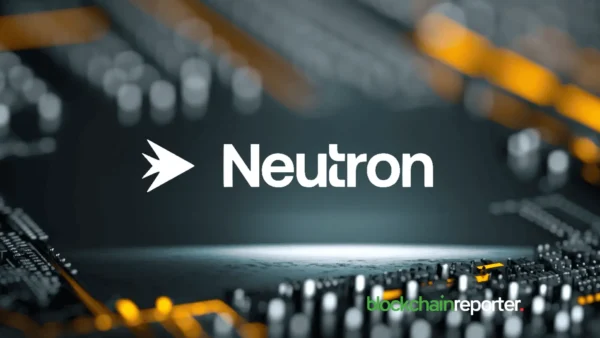
In a recent exposition on Bitcoin’s trading mechanics, renowned cryptocurrency analyst Willy Woo offered critical insights that could redefine strategies for Bitcoin investors, especially those using leverage.
According to Woo, the conventional approach of buying futures to bet on Bitcoin’s price movements might not be the most effective strategy. Instead, Woo advocates for purchasing Bitcoin spot with margin as a superior tactic for those looking to leverage their positions in a bullish market.
This recommendation stems from the structural differences between how futures and spot markets operate. Futures contracts allow traders to speculate on Bitcoin’s future price without needing to hold the actual cryptocurrency, potentially increasing the synthetic supply of Bitcoin and creating downward price pressure.
On the other hand, buying Bitcoin spot with margin—where traders borrow money to buy actual Bitcoin—can tighten the market’s supply and drive prices up. This method hinges on the fact that only Bitcoin holders can sell to the buyer, thus potentially leading to a supply shortage.
The Impact of Synthetic Bitcoin on Market Dynamics
Woo elaborates on the broader impacts of these trading mechanisms on Bitcoin’s market health. He points out that the proliferation of synthetic Bitcoin through futures contracts has injected a substantial volume of ‘paper’ Bitcoin into the market.
This increase in synthetic supply makes it significantly challenging for spot demand to exert upward pressure on Bitcoin’s price. To illustrate, Woo refers to recent market data indicating that while Germany has sold 9,332 spot Bitcoin, a staggering 170,000 paper Bitcoin have been synthesized since Bitcoin’s peak at $72,000.
The influx of these paper BTC, according to Woo, prevents the market from experiencing a ‘proper reset’—a situation where excessive speculation is purged from the market, allowing for more stable price foundations.
His analysis is supported by metrics such as the Open Value Oscillator (OV), which measures the volume of bets in the market denominated in Bitcoin. Current readings suggest that despite heavy long liquidations, new long positions are consistently replacing the liquidated ones, thus perpetuating the cycle of high speculative pressure without significant price recovery.
Strategic Implications for Investors
For investors, Woo’s insights underscore the importance of understanding the underlying mechanics of the instruments they choose to engage with in the crypto market. In bullish periods, using borrowed USD or USDT to fund long positions in Bitcoin spot markets could be more cost-effective than engaging in futures.
This approach not only optimizes the cost of holding a long position but also contributes positively to the market by not inflating the synthetic supply.
Furthermore, Woo’s analysis serves as a cautionary tale about the potential pitfalls of over-reliance on futures in a market as volatile and complex as Bitcoin’s. For those looking to maximize their impact and profit in the crypto space, a deeper understanding of market forces and trading instruments is crucial. Investors are encouraged to consider these dynamics carefully when planning their trading strategies, especially in an environment where traditional financial theories often find new interpretations.








